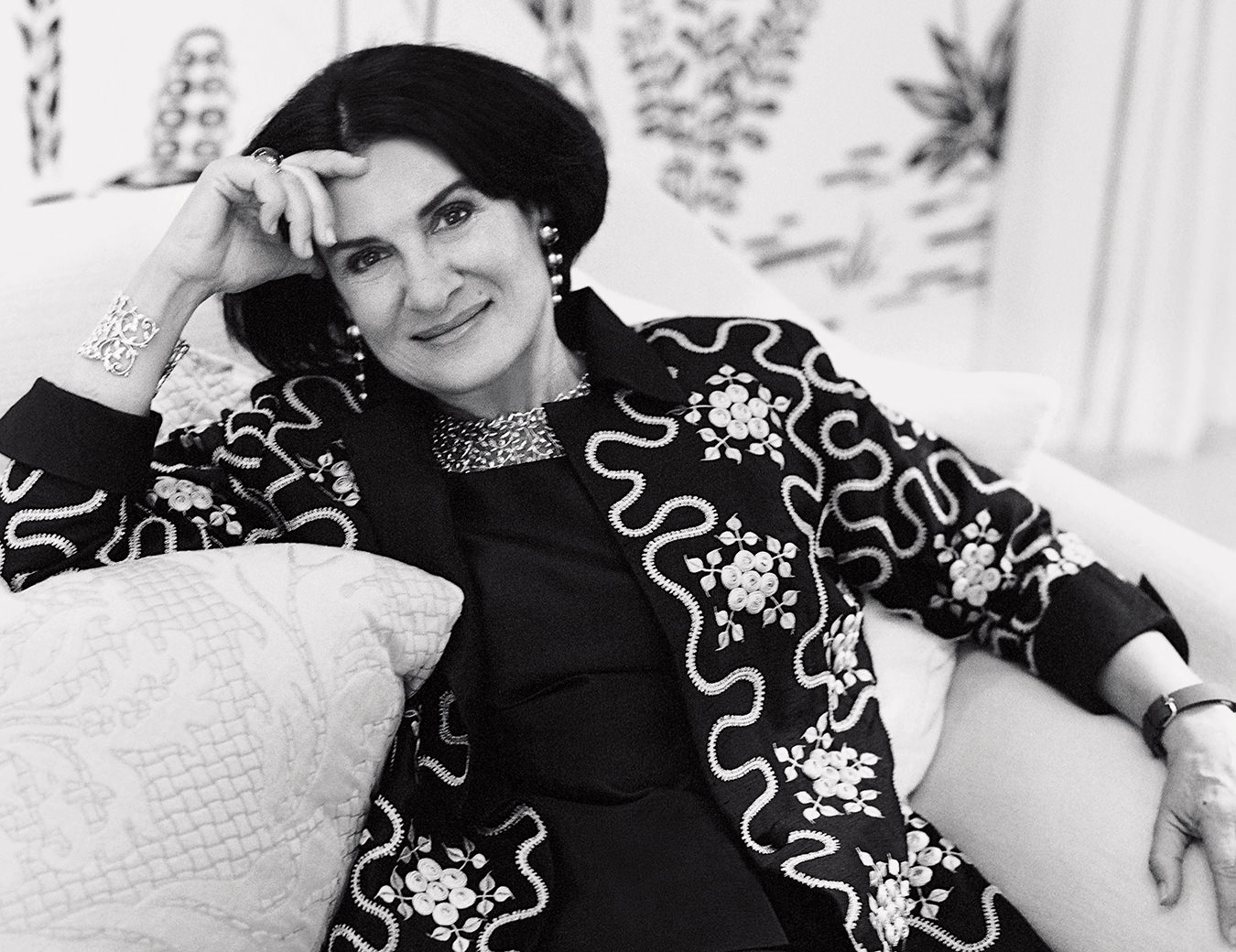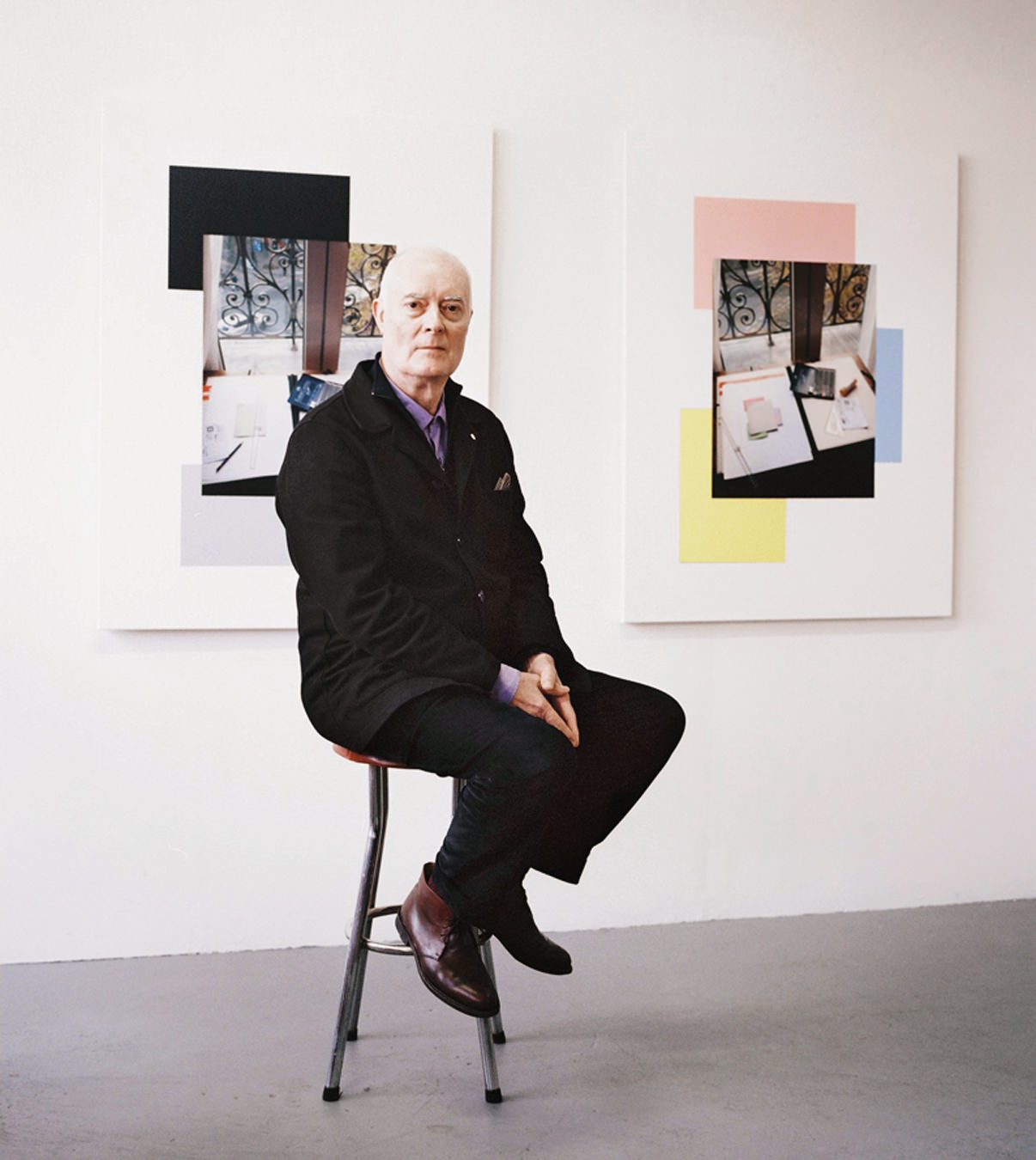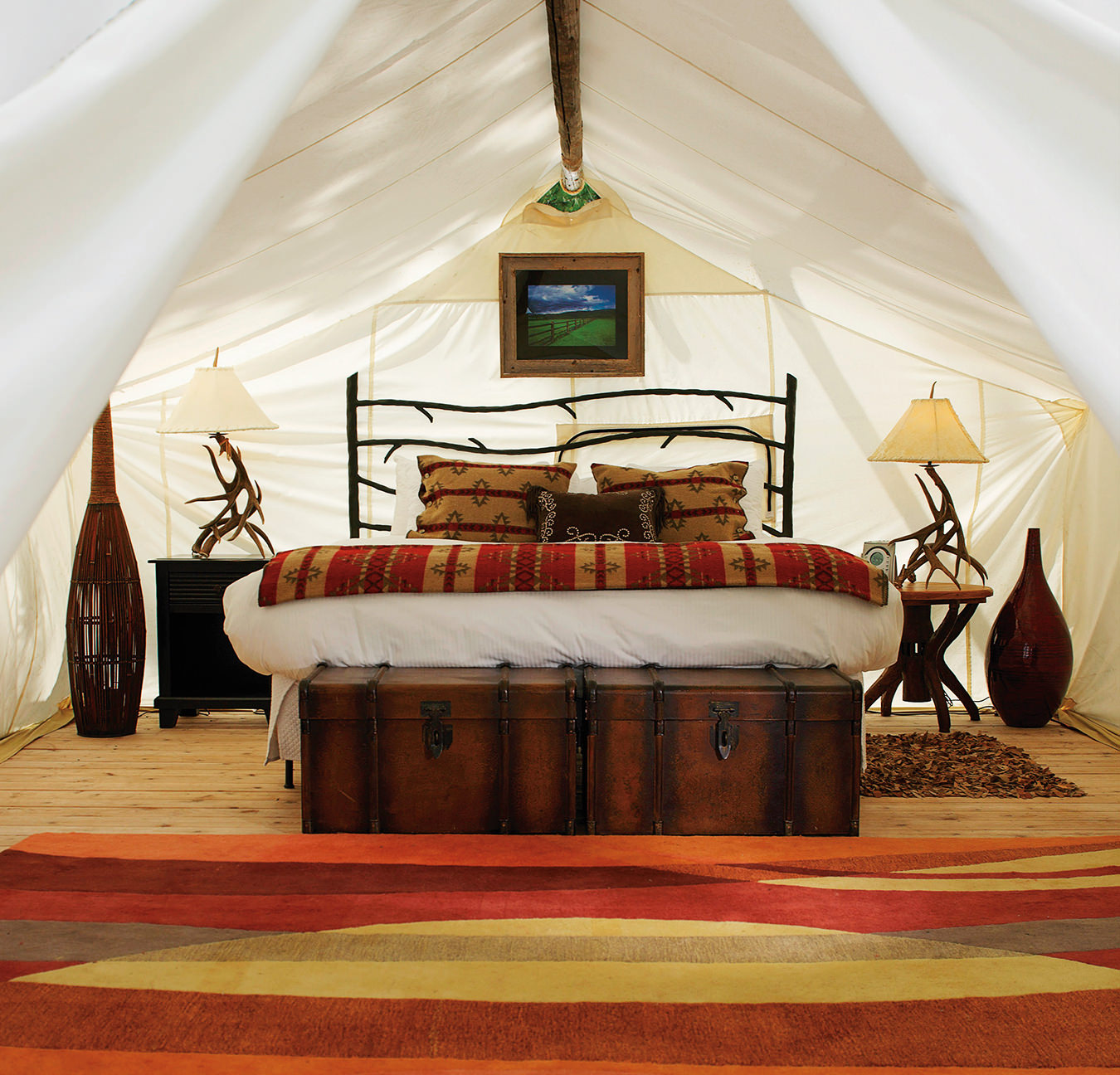-
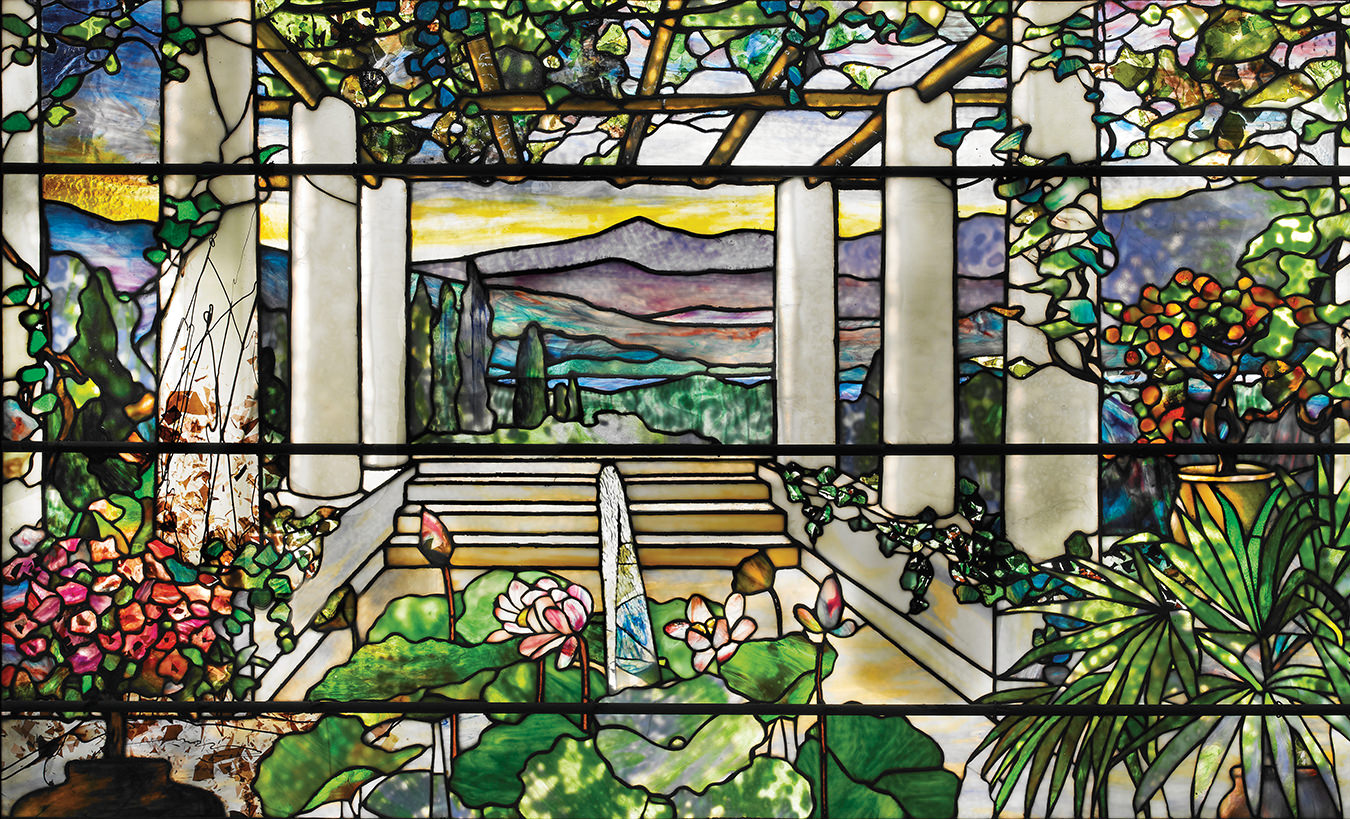
Louis Comfort Tiffany. Garden Landscape stained glass window, 1900-10.
-
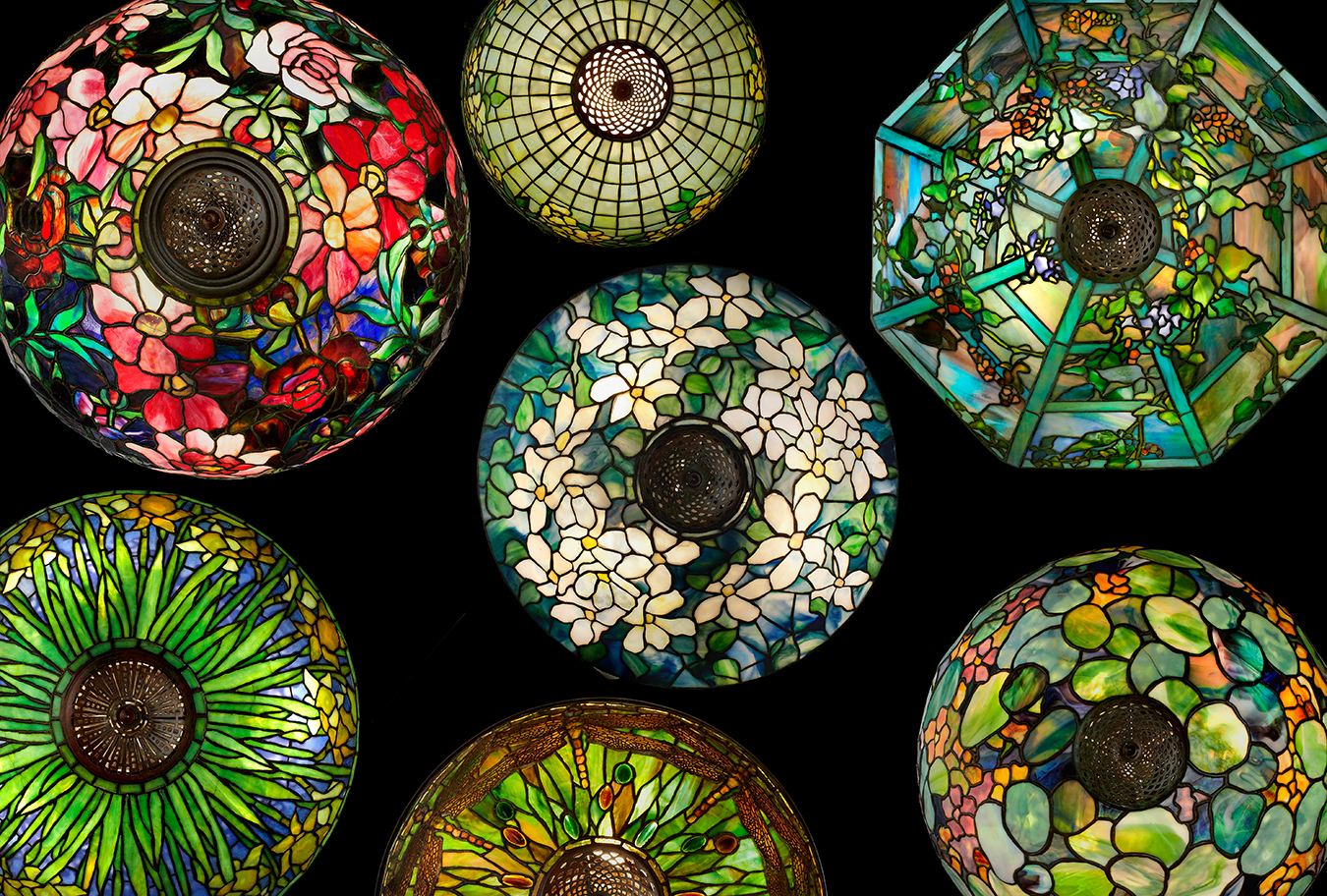
Louis Comfort Tiffany. Group of lamps.
-
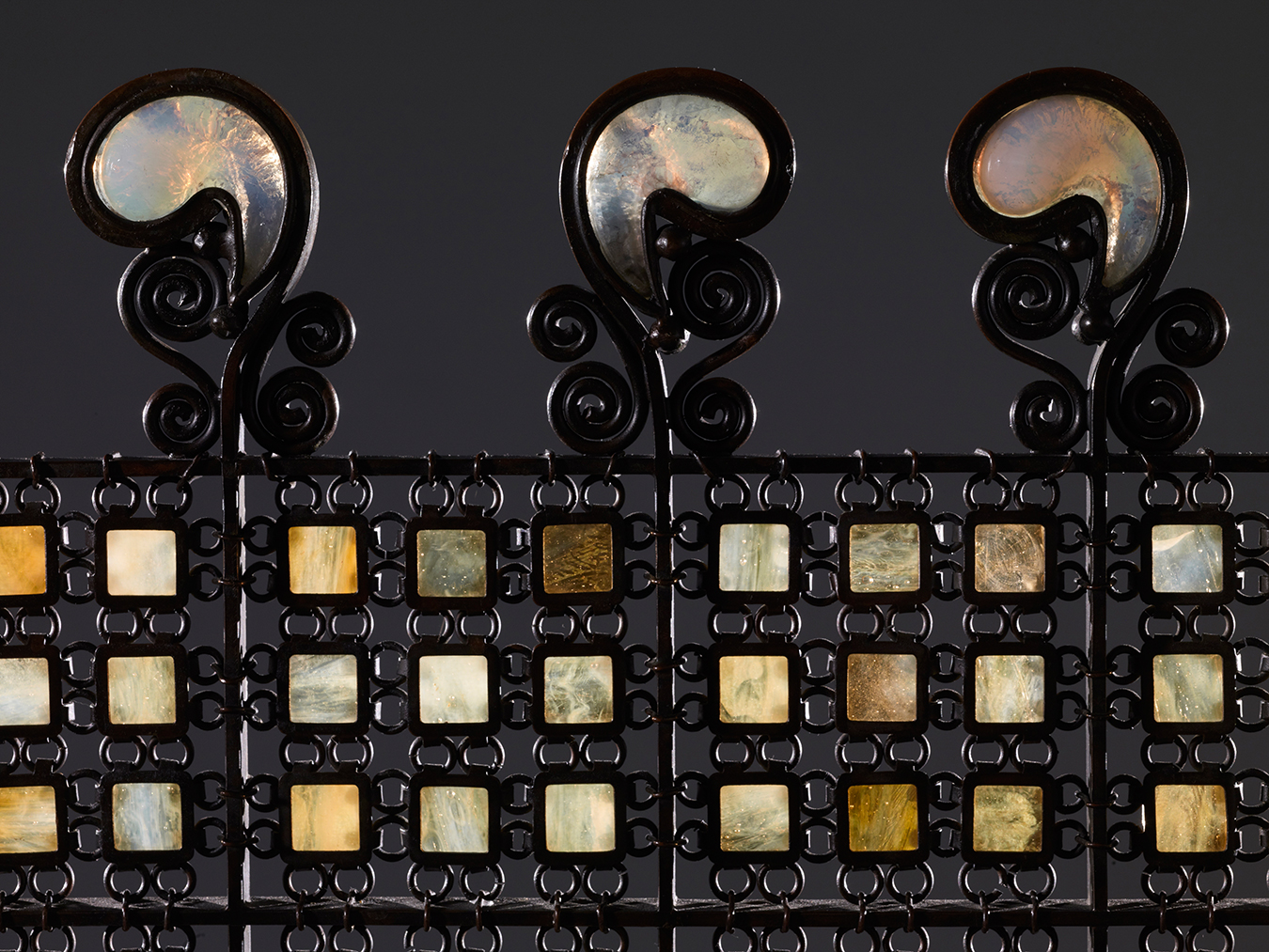
Louis Comfort Tiffany. Screen (finial detail), early 20th century.
-
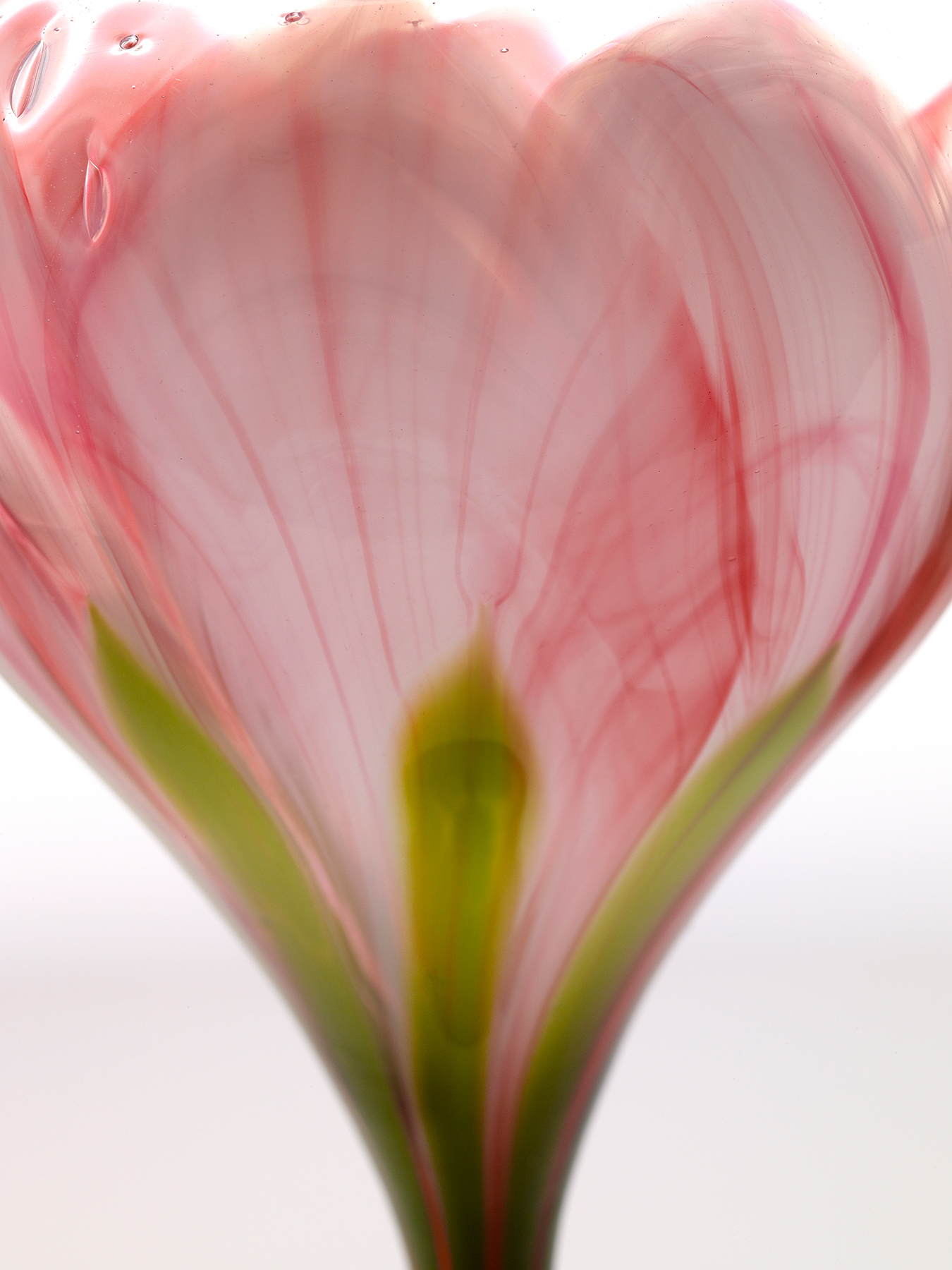
Louis Comfort Tiffany. Flowerform vase (detail).
-
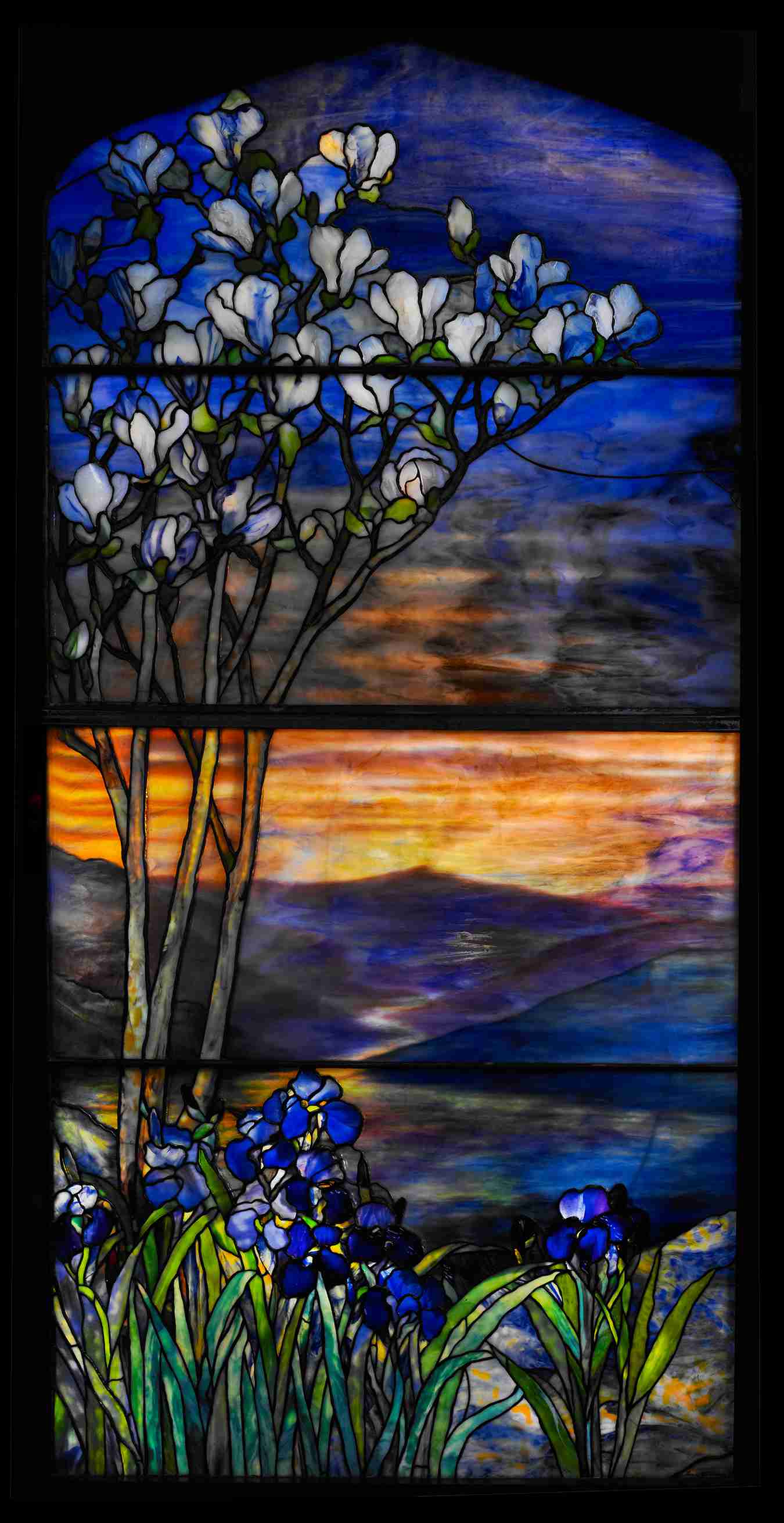
Louis Comfort Tiffany. River of Life stained glass window, early 20th century.
-
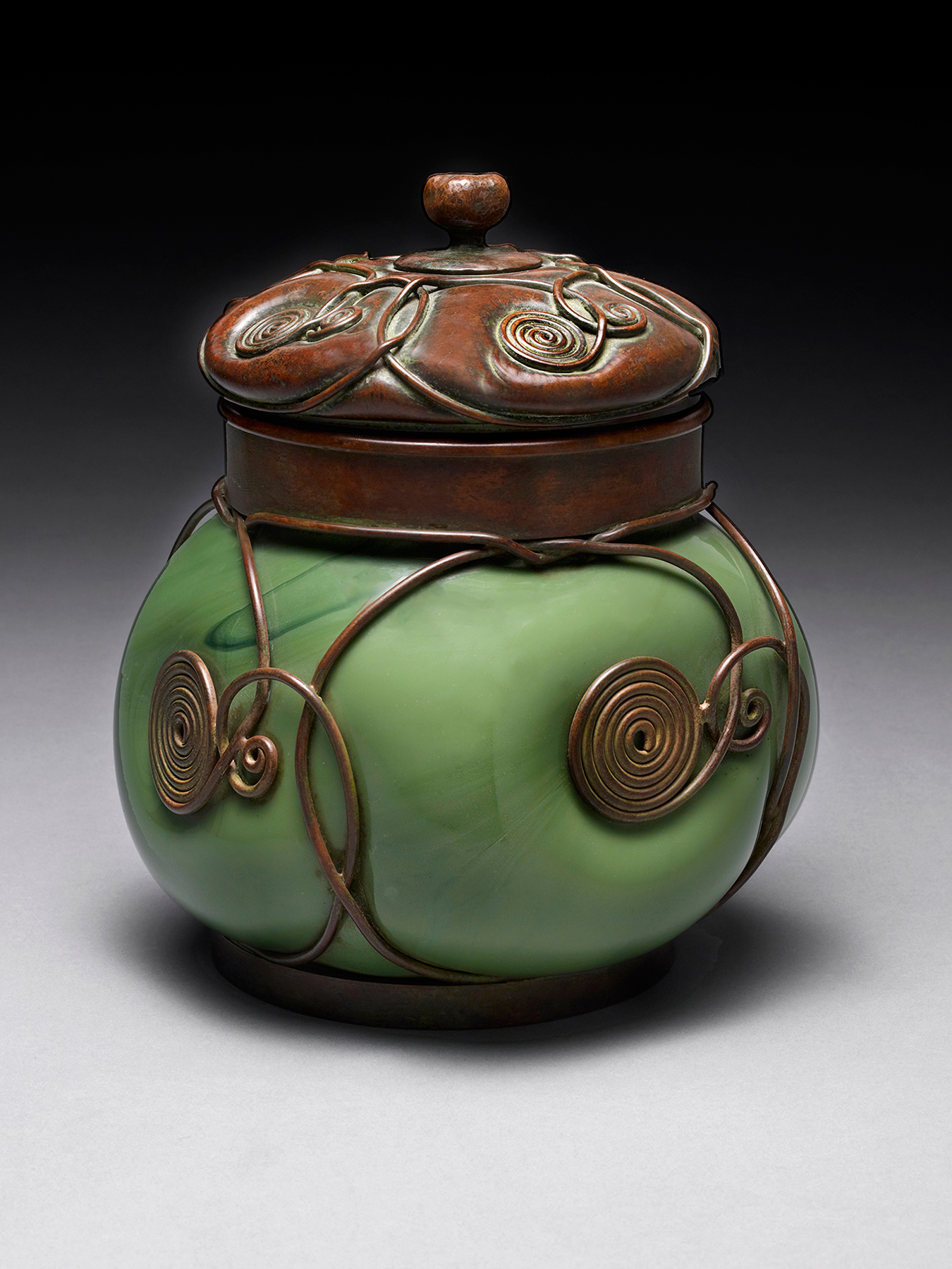
Louis Comfort Tiffany. Humidor, ca. 1902-10.
-
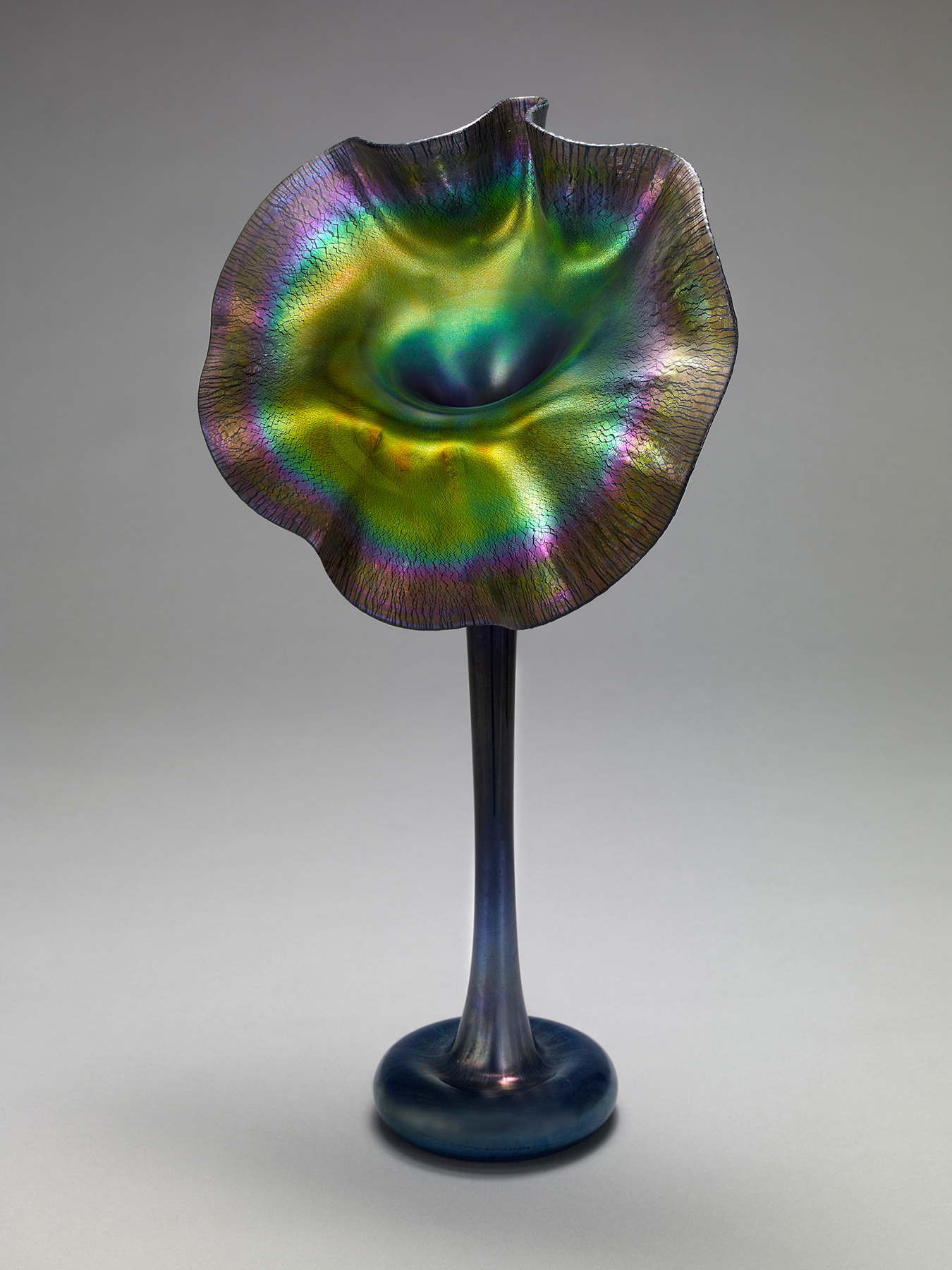
Louis Comfort Tiffany. Jack-in-the-Pulpit vase, 1907-10.
-
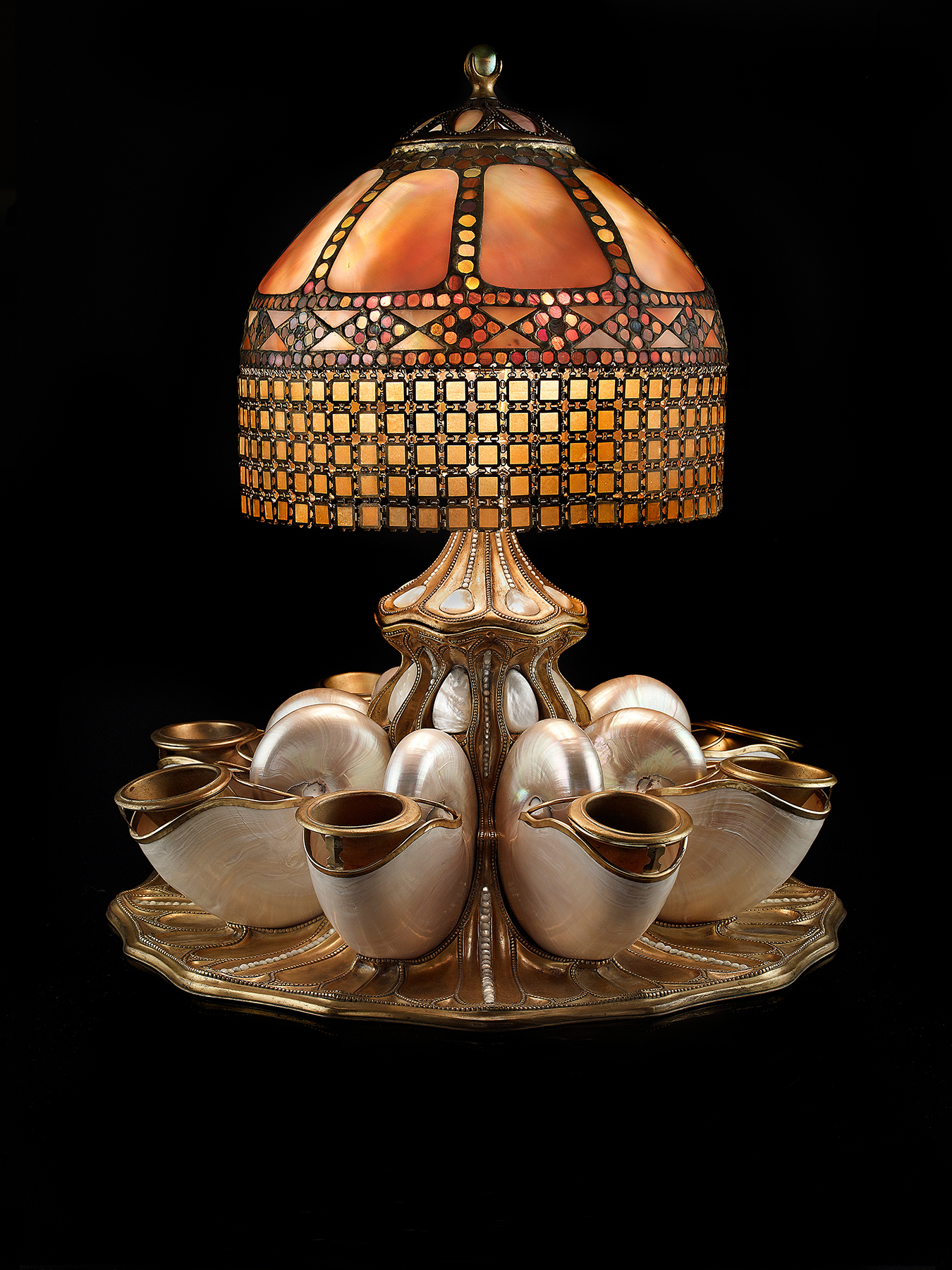
Louis Comfort Tiffany. Nautilus Shell centerpiece lamp, ca. 1910.
-
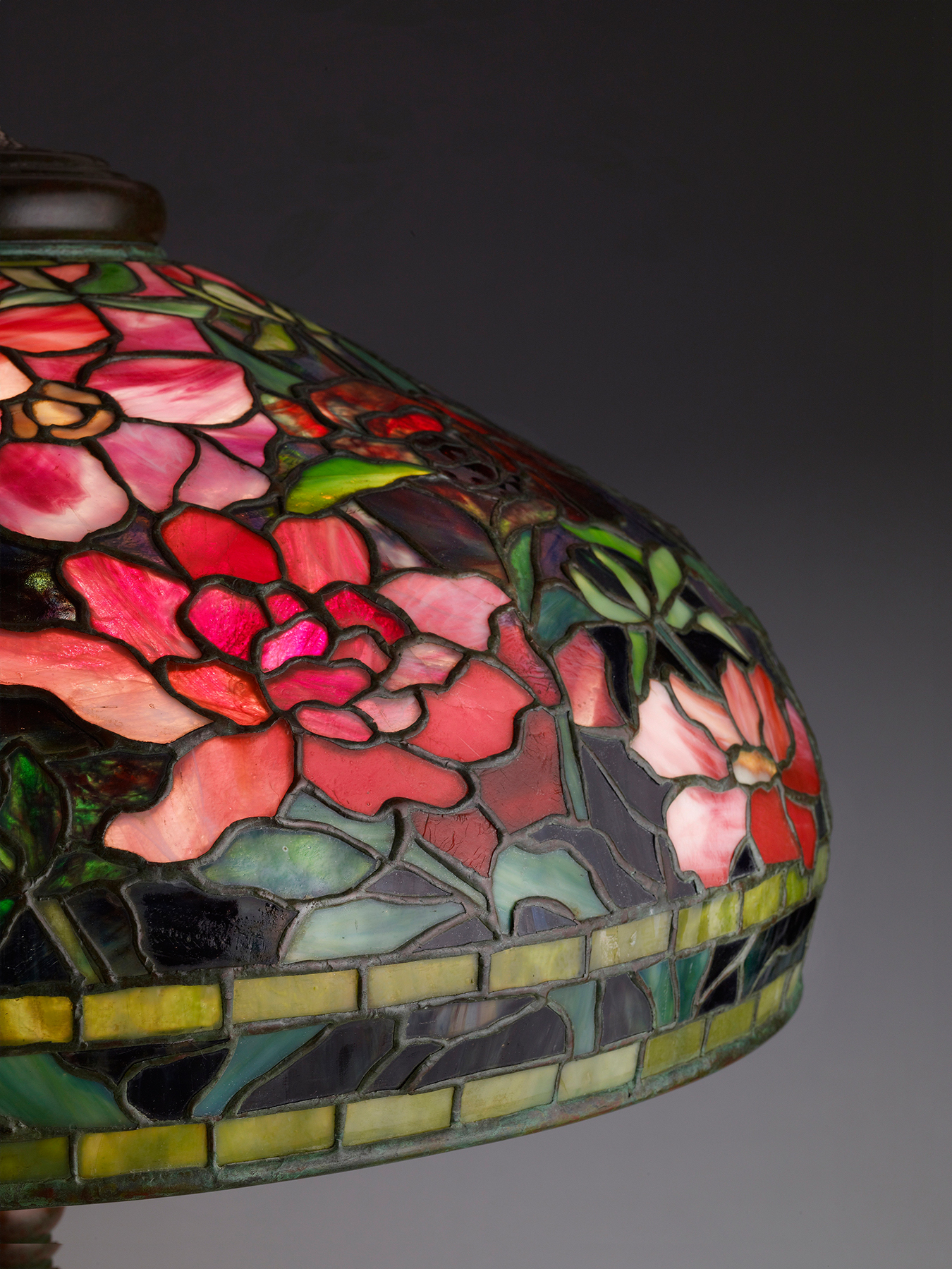
Louis Comfort Tiffany. Table lamp with peony shade (detail), ca. 1903-05.
-
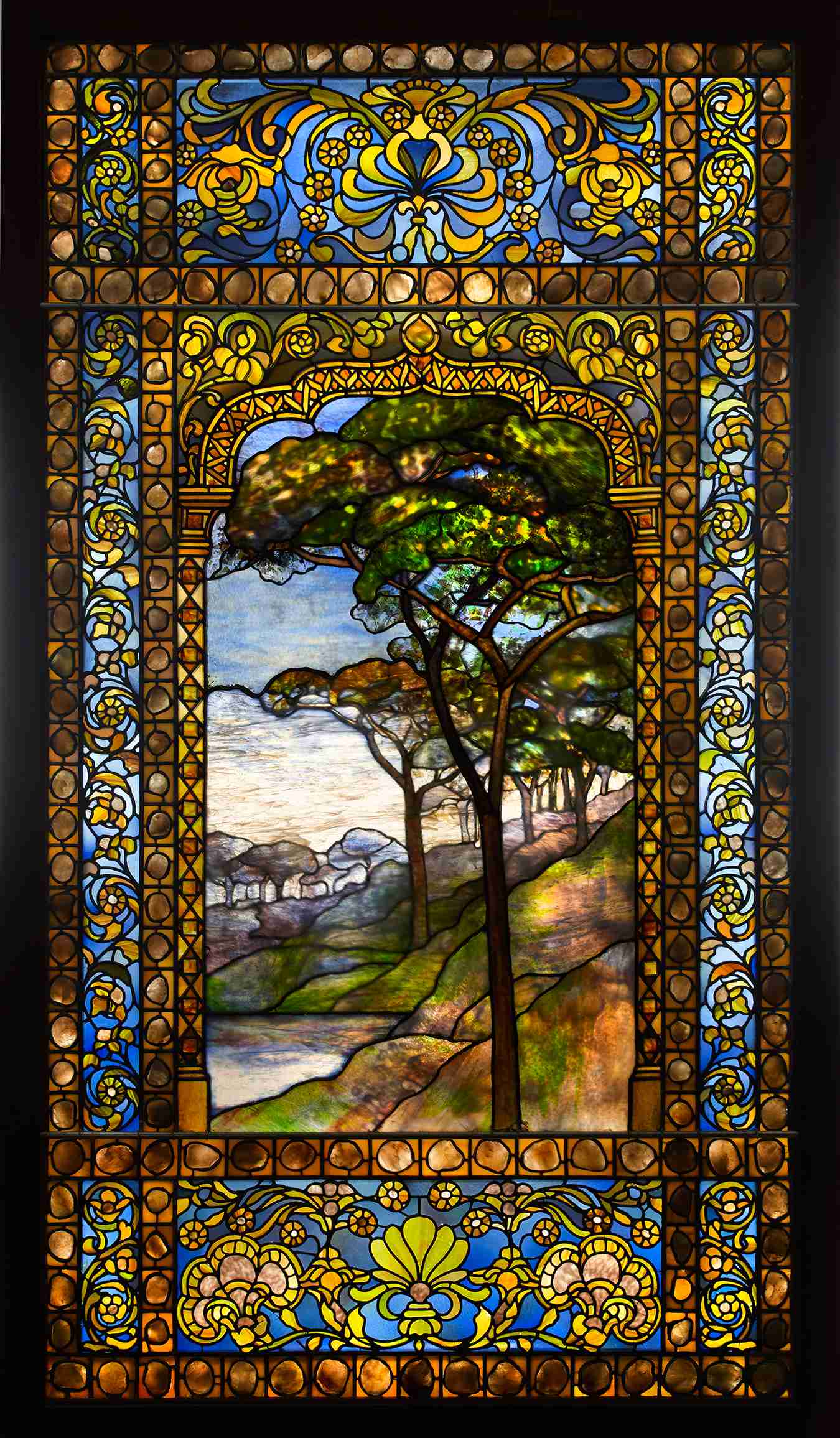
Louis Comfort Tiffany. Landscape stained glass window, 1893-1920.
Colour and Light
Tiffany illuminated in Chicago.

Tiffany. For some, that single word conjures images of diamonds. But to decorative arts aficionados, it suggests a world of colour, as in the designs of Louis Comfort Tiffany. The son of the man whose emporium came to signify Fifth Avenue at its finest, Louis Comfort Tiffany combined an artistic sensibility with a keen commercial instinct. Using glass as his main medium, he gave the Gilded Age exquisite appointments, from lamps and vases for the home to the stained glass windows that adorned churches and mausoleums. An eye-pleasing look at his work is on view at Chicago’s Richard H. Driehaus Museum from September 28 through to June 29, 2014.

The museum is originally the 19th-century mansion of Samuel M. Nickerson (a prominent banker of the period), where Louis Comfort Tiffany: Treasures from the Driehaus Collection offers visitors an intimate and highly contextual experience. The mansion, representative of the type of home for which many of Tiffany’s best works were destined, features a two-storey entry hall clad in over 17 types of marble along with onyx and alabaster, as well as a dramatic stained glass dome. Executed in a variety of styles from Arts and Crafts to Renaissance Revival, the museum displays a selection of period-appropriate furnishings, as well as American and European paintings. “When you see the Tiffany pieces in this context,” says Driehaus Museum director Lise Dubé-Scherr, “you still read them as individual objects, but all of sudden they are part of a larger story.”

The exhibition is curated by David Hanks, curator of the Stewart Program for Modern Design in Montreal, and drawn from the holdings of financier and philanthropist Richard H. Driehaus, who began collecting the material over 40 years ago. Included are such popular lamp motifs as the dragonfly and the lily (as well as a 1910 centrepiece table lamp that includes eight nautilus shells mounted on a gilt bronze base with a mother-of-pearl inlay) and flower-form vases of liquid beauty, in colours ranging from soft pastels to an almost electric iridescence. The show also features items one might not immediately associate with Tiffany, such as a textile-like fire screen of gilt metal and glass, and a bronze and blown-glass inkwell box, its lid studded with hooks to hold pens.

Over the years, Tiffany explored various techniques, manipulating the visual weight and depth of colour in glass in order to achieve greater expressiveness in his windows. Thoughtfully illuminated by noted exhibition designer Jeff Daly—who worked as the Metropolitan Museum of Art’s chief of design for over 25 years—the stained glass window examples on view range from landscapes to allegories, such as the River of Life, in which a magnolia tree in full bloom stands against a luscious blue sky with a river wending its way through a distant mountain valley. While easily read as a mournful musing on passing time, the deft composition, artful rendering, and striking palette give great joy. Tiffany once said, “I have always striven to fix beauty in wood, stone, glass, or pottery, in oil or watercolour, by using whatever seemed fittest for the expression of beauty, that has been my creed.” Mission accomplished.
Louis Comfort Tiffany photos by John Faier ©The Richard H. Driehaus Museum.

